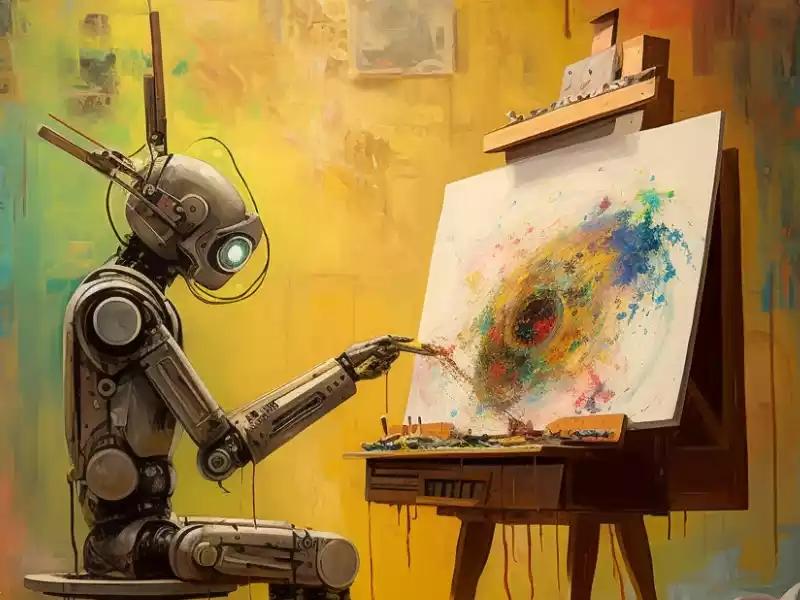
Artificial Intelligence: The New Medium for Artists
In the ever-evolving world of art, the advent of Artificial Intelligence (AI) has opened up a new frontier for artists, offering unprecedented opportunities to explore, create, and innovate. This article aims to demystify AI, explain its role in the art world, and highlight how it is becoming a powerful tool for artists to express their creativity.
Thank you for visiting Art Institutes, don't forget to subscribe to the Art Institutes Newsletter!
Artificial Intelligence:
A New Medium for Artists – Unleashing Creativity in the Digital Age Introduction
Understanding Artificial Intelligence
Artificial Intelligence, in its simplest terms, refers to the simulation of human intelligence in machines that are programmed to think and learn like humans. AI systems are designed to perform tasks that typically require human intelligence, such as visual perception, speech recognition, decision-making, and language translation.
AI in the Art World
AI has made significant strides in the art world, particularly in the realm of art generation. AI-generated art is not just about replicating existing art styles or creating copies; it’s about pushing the boundaries of creativity and exploring new dimensions of artistic expression.
Art8 "Webinars for Creatives" https://art8.net
AI-assisted Art Creation
AI can assist artists in various ways, from generating initial ideas to refining and enhancing existing works. For instance, AI can analyze vast amounts of data, learn patterns, and generate new ideas based on those patterns. This can help artists overcome creative blocks and explore new directions.
Moreover, AI can help artists refine their work by suggesting improvements or alternatives. For example, an AI system could analyze a painting and suggest color adjustments, composition changes, or even new elements to add, based on principles of aesthetics and art history.
AI-generated Art
AI can also create art entirely on its own. These AI-generated artworks are not just copies of human-made art; they are unique creations born from the algorithms and data fed into the AI system. AI-generated art can range from simple patterns to complex, abstract pieces that challenge our understanding of art and creativity.
AI-generated art has been exhibited in galleries and museums worldwide, and some pieces have even been sold for significant sums. This demonstrates the growing acceptance and appreciation of AI-generated art in the art world.
Ethics and AI in Art
However, the use of AI in art raises ethical questions. For instance, who owns the copyright of an AI-generated artwork? Is it the artist who programmed the AI, the AI itself, or the person who commissioned the artwork? These questions are still being debated, and the answers will likely evolve as AI continues to play a larger role in the art world.
New Ways to Create
Artificial Intelligence is transforming the art world, offering artists new ways to create, explore, and express themselves. While it raises ethical questions and challenges our understanding of creativity, it also opens up exciting possibilities for collaboration between humans and machines. As AI continues to evolve, it will be fascinating to see how it shapes the future of art.
In the end, AI is not here to replace human artists; rather, it is a tool that can help artists push the boundaries of their creativity and explore new dimensions of artistic expression. As with any tool, it’s up to the artist to wield it effectively and make it their own.
In the digital age, AI is not just a tool for automation and efficiency; it’s a new medium for artists, a canvas for them to paint their dreams, ideas, and emotions in ways never before possible. And as with any new medium, the possibilities are endless.


